Photo

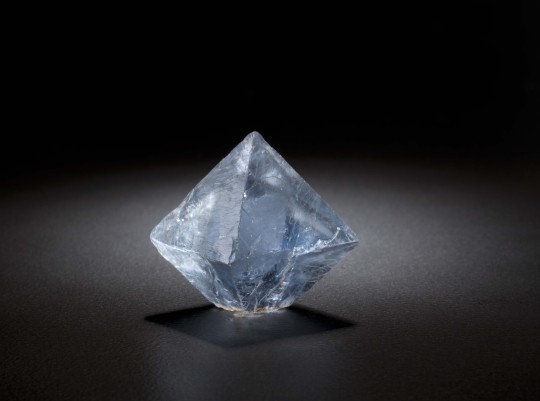

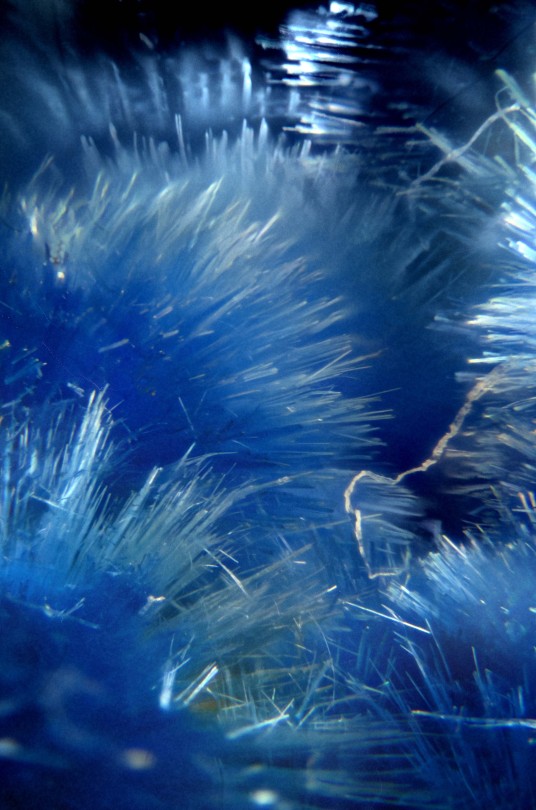
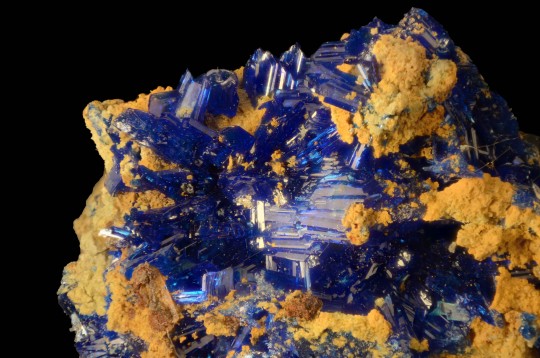
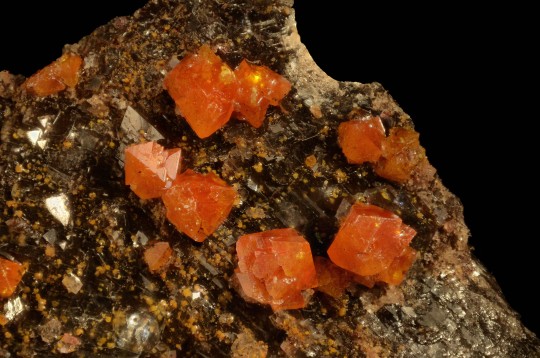
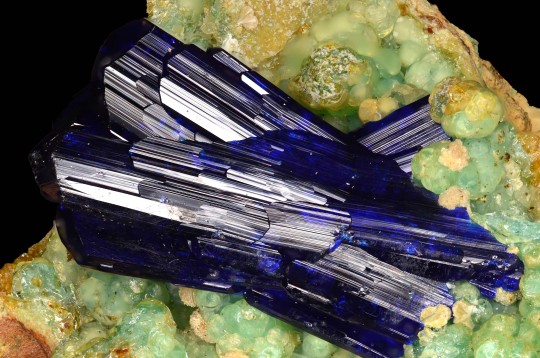
#OrangeFriday, Museum-style! Go Broncos!
#orangefriday#broncos#gobroncos#denver#dmns#denver broncos#museum#Denver Museum#Denver Museum of Nature and Science#gems#minerals#geology#orange#orangeandblue#beatthepatriots
9 notes
·
View notes
Photo
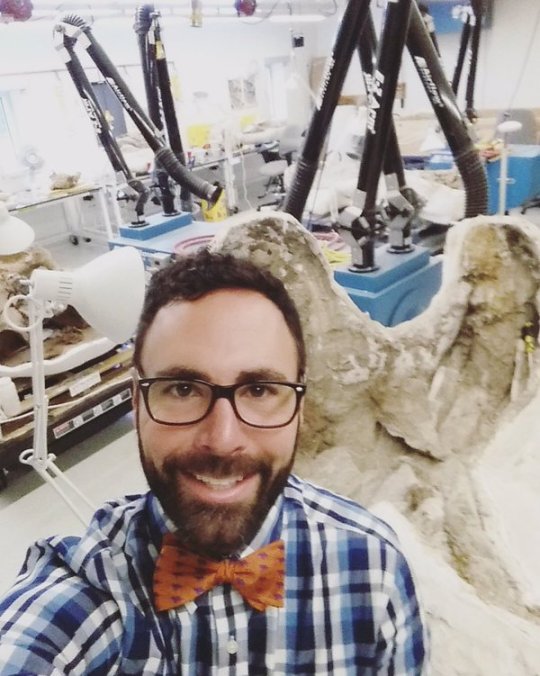


Today is #MuseumSelfie Day, and we'll be joining Museums across the globe to celebrate! We want to see your best Denver Museum of Nature & Science moments, exhibitions, and memories.
Share your Museum selfies on Facebook, Twitter or Instagram, tagging the Museum and using the hashtag #MuseumSelfie, and the best will receive tickets to visit The International Exhibition of Sherlock Holmes, AND tickets to upcoming exhibit, Chocolate: The Exhibition!
(Photos can be from past visits but must be shared today, 1/20.)
Terms: http://www.dmns.org/museum-news/museumselfie-day/
#museumselfie#selfie#museumselfieday#dmns#denver#exhibition#paleontology#dinosaur#sabertooth#Denver Museum of Nature and Science#Denver Museum#curator
8 notes
·
View notes
Photo
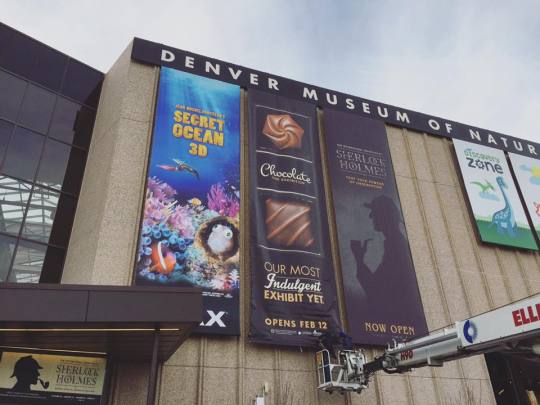
Next up at the Denver Museum of Nature & Science, Chocolate: The Exhibition. Opening Friday, February 12, and free with admission.
www.dmns.org/chocolate 🍫
#chocolateindenver#chocolate#exhibition#museum#dmns#Denver Museum#Denver Museum of Nature and Science#303#5280#Visit Denver
4 notes
·
View notes
Photo
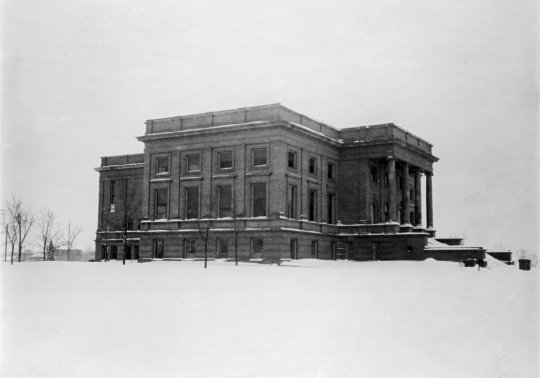
For #ThrowbackThursday, a winter scene of the Colorado Museum of Natural History building (as it was known then).
The photo was taken between 1908-1917.
#dmns#denver#Denver Museum of Nature and Science#denver museum#tbt#throwback#throwback thursday#black and white photography#Black and White#old photo#vintage#museum#archives#snow#snowday#cowx#9wx
21 notes
·
View notes
Photo
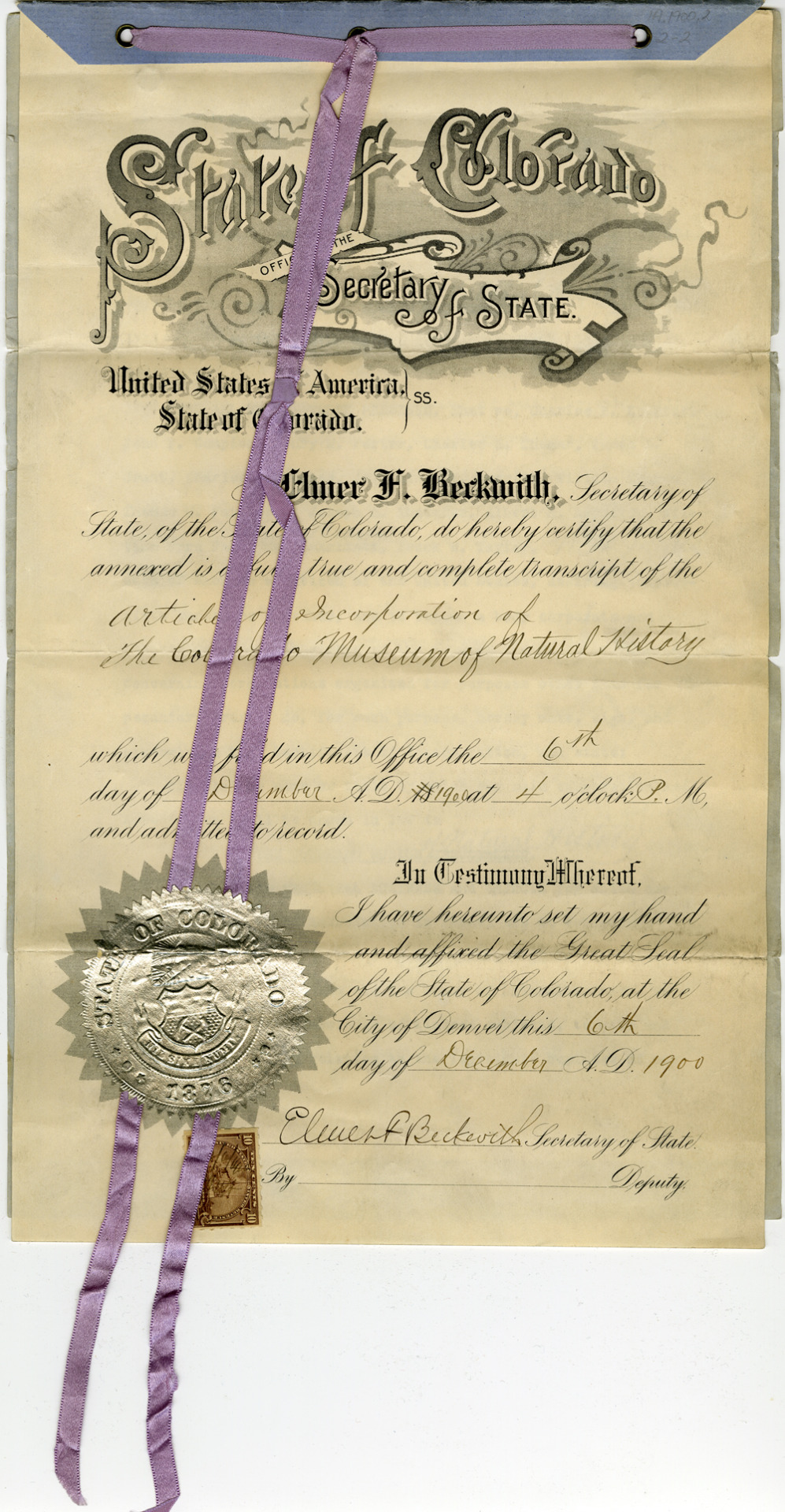
Happy Birthday Denver Museum of Nature & Science! The Museum was officially incorporated on the 6th of December, 1900, so this weekend saw us celebrate our 115th birthday!
Here is a copy of the Articles of Incorporation, or the Museum’s "birth certificate"!
Back then the Museum was known as the Colorado Museum of Natural History, and there would be no physical building that would be open to the public until July 1, 1908.
#dmns#denver#tbt#throwback#museum#visit denver#Denver Museum#Denver Museum of Nature and Science#history#historical#Colorado History#denver historical#denver history#303#5280
4 notes
·
View notes
Video
youtube
The International Exhibition of Sherlock Holmes is now open at the Denver Museum of Nature & Science. Showing through January 31.
Experience #SherlockInDenver
www.dmns.org/sherlock
#sherlockindenver#sherlock#Sherlock Holmes#sherlockholmes#Sherlockian#dmns#denver#museum#Denver Museum of Nature and Science#exhibition#exhibitions#exhibit#science#forensics#303#5280#303magazine
65 notes
·
View notes
Photo

The Snowmastodon living up to its name this morning at the Museum.
#DMNS#denver#visit denver#Denver Museum of Nature and Science#Denver Museum#snow#cowx#9wx#snowmastodon#303#5280#snowday#303magazine#museum
8 notes
·
View notes
Photo
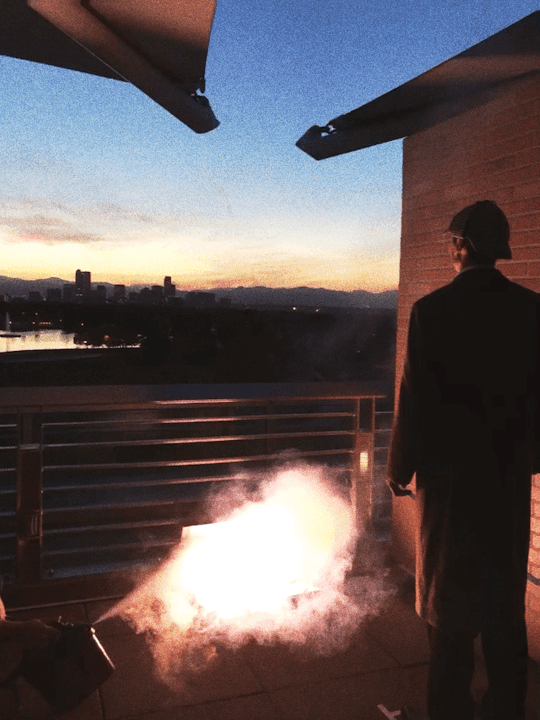
A #MusGif from #SherlockInDenver. The International Exhibition of Sherlock Holmes opens this Friday at the Denver Museum of Nature & Science.
#musgif#dmns#Denver#museum#Sherlock#sherlockholmes#sherlockindenver#sherlockian#exhibition#denver museum of nature and science#Denver museum#downtown Denver#gif#Sherlock gif
64 notes
·
View notes
Photo
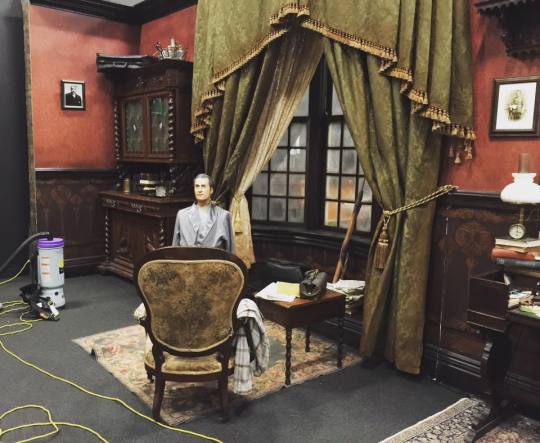
A sneak peek of new exhibition, The International Exhibition of Sherlock Holmes, which opens Friday, October 23, at the Denver Museum of Nature & Science.
www.dmns.org/sherlock
#sherlockindenver#sherlock#Sherlock Holmes#sherlockholmes#Sherlockian#dmns#denver#downtown denver#Denver Museum#Denver Museum of Nature and Science#exhibition#museum#forensics#behind the scenes#bts#arthur conan doyle
6 notes
·
View notes
Photo
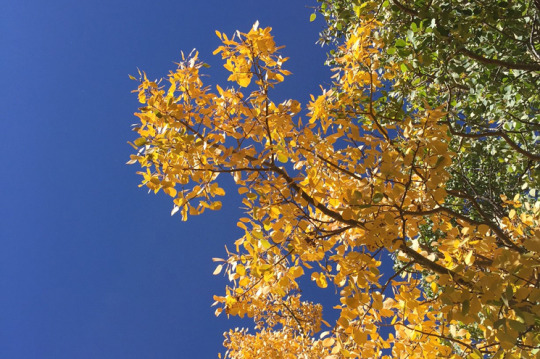
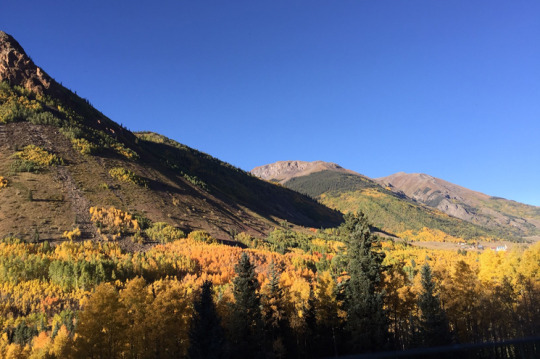
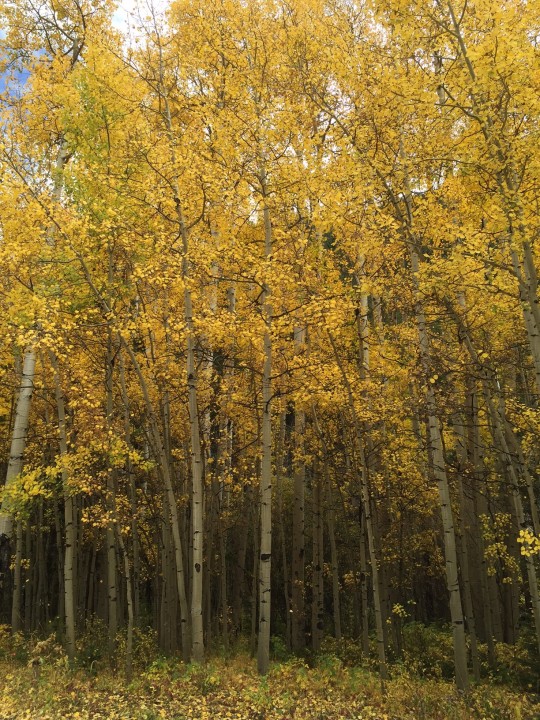
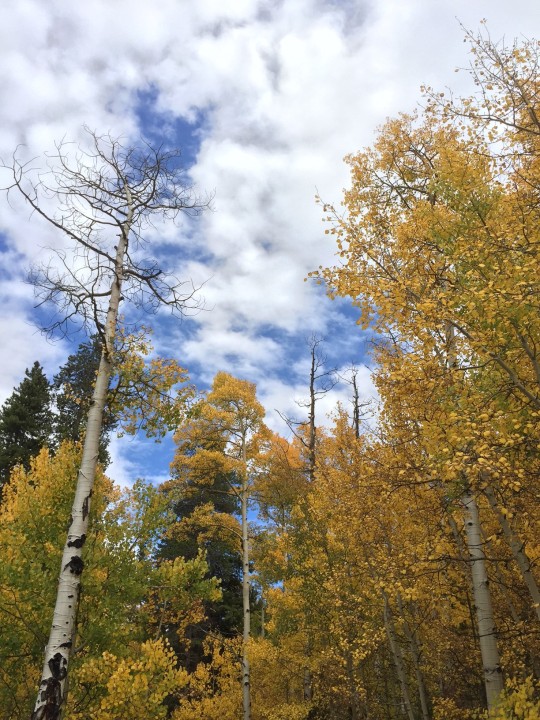
In Colorado, the fall season harkens shorter days, cold nights, and the promise of the first snows. While many eagerly anticipate the upcoming ski season, many too revel in this time of year enjoying the famous and often spectacular display of color put on by the leaves of aspen trees throughout the high country. While appreciating the fall foliage, stop and consider why the leaves of aspens are turning yellow, orange and red and being shed for the winter.
Aspens, like many deciduous trees in North America, go dormant in the winter to conserve energy and protect themselves from freezing temperatures. An important part of this process is shedding their leaves. Day length, temperature and moisture all play a role in signaling the tree to go into dormancy. As the tree prepares to shed its leaves, it breaks down and reabsorbs the pigments that give it color, starting with the green-colored molecule chlorophyll. Through this process, the less abundant pigments become visible including those that are yellow and orange. As the chlorophyll breaks down, trees also produce new pigments, including those responsible for the color red. As the season continues, the leaves eventually become brown and fall from the tree.
One of the scientific competencies at the Denver Museum of Nature and Science is paleobotany, or the study of fossil plants. It has been long hypothesized that many deciduous trees that live in our backyard today, have ancestors that first evolved to shed their leaves in response to changing light conditions, as opposed to either changing temperature or moisture. Ancestors of these trees can be traced back to the time of the dinosaurs, when the Earth was, for the most part, a greenhouse. As a result, both the north and south poles would have been free of ice and completely covered by forests. Trees living near the north or south pole would have flourished in a season of light, when they leafed out and grew as much as possible, and they would have ceased to grow through a season of darkness, when they adapted to lose their leaves and lay dormant.
Research at the Denver Museum of Nature and Science focused on the extinction of the dinosaurs suggests that many plants also went extinct too. Caused by the impact of an asteroid 10 kilometers in diameter that hit the Yucatan Peninsula, the first minutes to hours of the extinction saw a massive shockwave, an intense firestorm, towering tsunamis, and an atmospheric thermal pulse equivalent to temperatures in an oven that would be hot enough to bake cookies. As these effects subsided, dust in the air persisted and blotted out much of the sun for months to even a year or two. Many plants were in trouble, since they need abundant light to photosynthesize. However, those plants in the polar regions that had evolved to be deciduous were already adapted to a season of darkness, and, as a result, fared better. Today, many trees that lose their leaves in the fall, have ancestors that survived the darkness that followed the impact of the asteroid that killed the dinosaurs.
Today, while the fall climate and changing day length in Colorado signals the aspens to shed their leaves, changes in weather from year to year determine the intensity and length of the fall foliage display. The best conditions include cool night air and sunny days proceeded by plenty of growing season moisture.
(Images by Kate Cummings.)
More: http://www.dmns.org//museum-blog/Post/?nid=23468
#DMNS#denver#fall#fall colors#foliage#autumn#autumn colors#aspens#Denver Museum of Nature and Science#downtown denver#303#5280#museum#paleobotany#nature#blog
35 notes
·
View notes
Photo

The first signs of fall from the Anschutz Family Sky Terrace, on the first day of Fall.
#fall#autumn#DMNS#Denver#downtown denver#Denver Museum of Nature and Science#denver historical#panorama#panoramic#museum#view#303#fall colors#colorado
1 note
·
View note
Photo

Don't forget to look up this weekend! There is a total eclipse of the moon on the night of Sunday September 27.
This September full moon is also called a Blood Moon and the fourth and final eclipse of a lunar tetrad: four straight total eclipses of the moon, spaced at six lunar months (full moons) apart. It also happens to be the closest supermoon of 2015. Phew!
http://www.dmns.org/…/september-27-28-total-eclipse-of-the…/
#DMNS#lunar eclipse#total lunar eclipse#blood moon#museum#denver#303#space#moon#Denver Museum of Nature and Science#denver historical#science#supermoon
12 notes
·
View notes
Photo
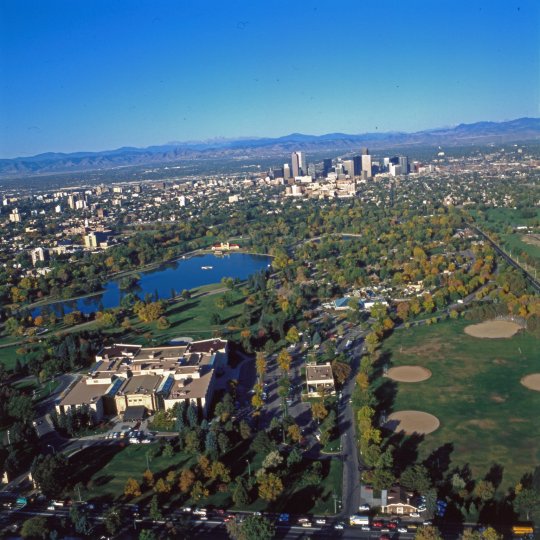
A shot from the archives for #ThrowbackThursday. An aerial view of the Denver Museum of Nature & Science, taken in 1988.
In the foreground you can see the Museum, with the city of Denver and the Rocky Mountains in the background.
#DMNS#Denver#303#downtown denver#Denver Museum of Nature and Science#denver historical#aerial#photography#museum#vintage#denver museum#colorado#tbt#throwback thursday#throwbackthursday#throwback
4 notes
·
View notes
Video
Presale tickets for The International Exhibition of Sherlock Holmes are now available! Be among the first to reserve your spot and visit the exhibition. Tickets: http://bit.ly/dmnsshertix #SherlockInDenver (*Timed tickets are required and advance reservations are strongly encouraged; popular times may sell out.)
#dmns#Denver#museum#sherlockindenver#Sherlock#sherlockholmes#Sherlock Holmes#sherlockian#exhibition#303#visit Denver#Colorado#what's on#5280#303magazine#Denvertography#video#vid
1 note
·
View note
Photo
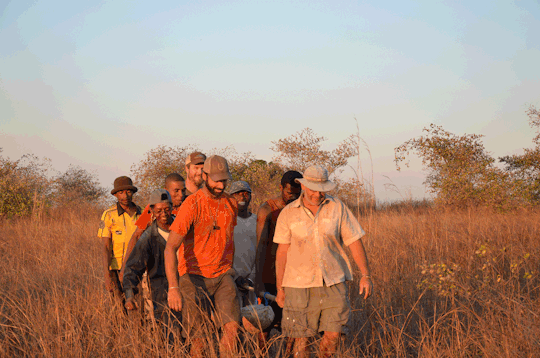

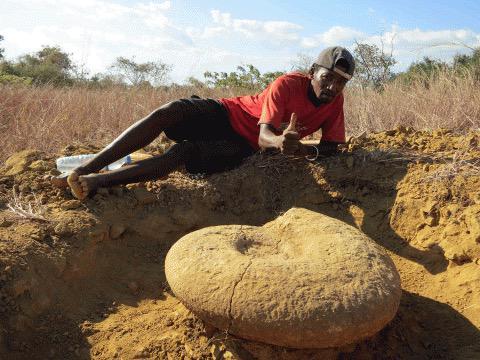
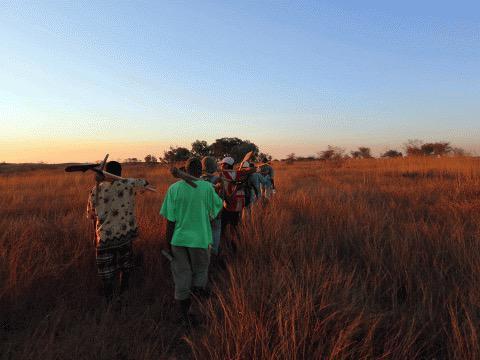
News from the field! The Museum Paleontology team have made some incredible discoveries in Madagascar this field season. In this image they carry home the shoulder blade and humerus of a Sauropod Dinosaur.
Whilst on location in the Ampolipoly field area (about 150km northeast of Morondava) the team found a host of giant sauropod limbs, mosasaur vertebrae and jaws, and some bizarre shark tooth plates that may have been used to crush ammonite shells.
In addition to the amazing vertebrate fossils, they also found ammonites, bivalves, brachiopods, and many fossil leaves!
You can read more on the blog: http://www.dmns.org/museum-blog/?tag=Madagascar
#DMNS#museum#paleo#paleontology#history#fossil#fossils#fossilfriday#fieldwork#dinosaur#sauropod#madagascar#ammonite#bivalves#brachiopod#denver#Denver Museum#Denver Museum of Nature and Science#denver history
9 notes
·
View notes
Photo
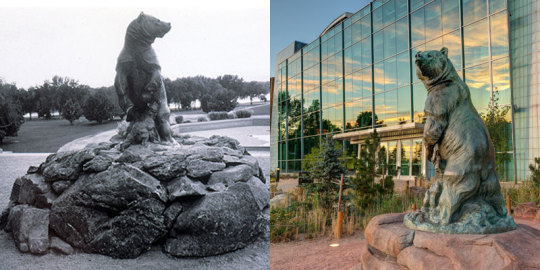
80 years have passed, and "Grizzly's Last Stand" hasn't aged a day!
For #ThrowbackThursday you can see the photo on the left, taken by Chief Preparator of Animals, Albert C. Rogers in 1935. And on the right is how it looks today.
#tbt#throwback#throwback thursday#dmns#Denver#downtown denver#Denver Museum#Denver Museum of Nature and Science#denver history#museum#history#then and now#vintage#bnw#Black and White#black and white photography
4 notes
·
View notes
Photo
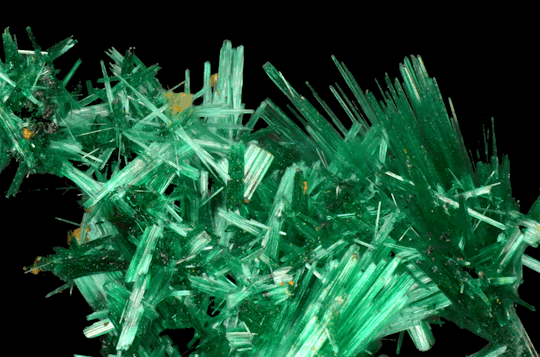
For #MineralMonday - These emerald, blade-like, crystals are like nature’s own grass.
The mineral, brochantite, grows in tiny cavities, as sulfurous and copper-rich fluids percolate through porous volcanic rocks, like those of southern Arizona.
This specimen is about the size of the period at the end of this sentence, and is part of the Museum’s “micromount” mineral collection.
#DMNS#Denver#mineral#minerals#Mineral Monday#geology#museum#303#5280#history#micro#Denver Museum#Denver Museum of Nature and Science#brochantite
2 notes
·
View notes